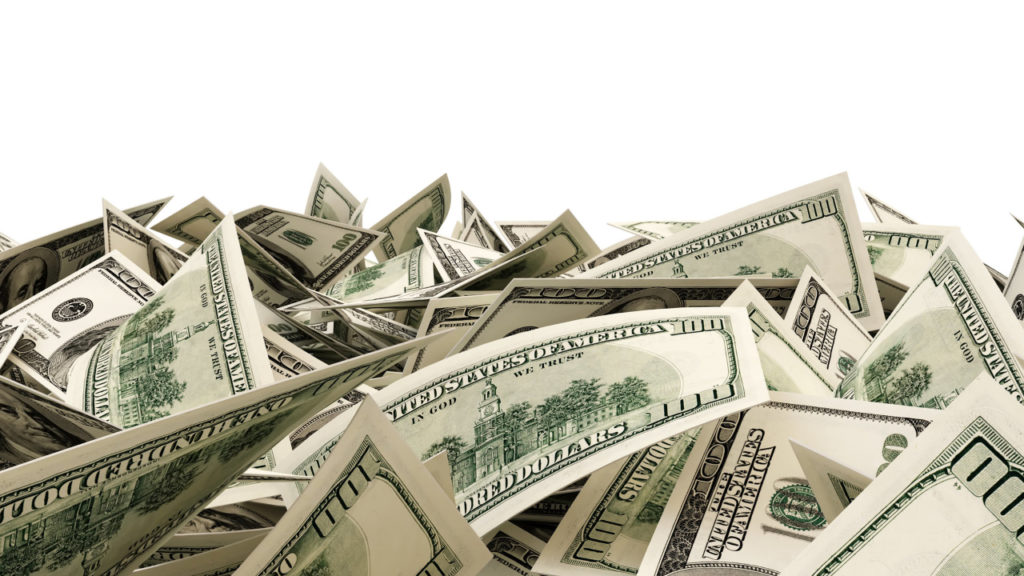|
|
This article is a review of Rich Dad Poor Dad, a best-selling book written by Robert Kiyosaki — a self-made businessman, author, investor, and speaker.
The author’s success, achievements, and popularity weren’t as easy as you would think. He jumped from one job offer to the other for many years until the late 90’s when he finally came to the limelight after publishing Rich Dad Poor Dad in 1997.
Since that time, the book has climbed to the top of the charts, achieving the lofty position as the #1 selling personal finance book of all-time.
The Author, Robert Kiyosaki
 As a background on the author, Robert Kiyosaki graduated from high school in 1965. Afterward, he joined the U.S. Merchant Marine Academy where he graduated in 1969 as a 2nd lieutenant in the U.S. Marine Corps and as a deck officer. Not long afterward, he started his career as an employee in Standard Oil’s tanker for six months before he later resigned and decided to participate in the Marine Corps where he served as a helicopter gunship pilot during the Vietnam War.
As a background on the author, Robert Kiyosaki graduated from high school in 1965. Afterward, he joined the U.S. Merchant Marine Academy where he graduated in 1969 as a 2nd lieutenant in the U.S. Marine Corps and as a deck officer. Not long afterward, he started his career as an employee in Standard Oil’s tanker for six months before he later resigned and decided to participate in the Marine Corps where he served as a helicopter gunship pilot during the Vietnam War.
Kiyosaki also enrolled in a two-year MBA program at the University of Hawaii while he still was in the military.
From there, he left the U.S. Marine Corps and started working for Xerox Corporation, before he started his own firm, which was a success. While he has experienced professional set-backs during his lifetime, including filing for a business bankruptcy in 1980 and in 2012, he also also had major successes in both business and real estate investing.
From being bankrupt and broke to becoming a multimillionaire, this book shares the lessons Robert learned from his friend’s dad (his “rich dad”) and how these lessons compare to what he was taught by his own dad (his “poor dad”).
Review of Rich Dad Poor Dad
Without a doubt, Rich Dad Poor Dad is the best book that you can read about personal finance.
This is because it advocates for the importance of financial literacy and wealth creation through getting your money to work for you, instead of you working for it.
Importantly, the focus of the book is mindset – not on investment tactics or vehicles.
For people who critique the book, their most common complaint is that it doesn’t teach investment tactics. For example, financial blogger Ramit Sethi writes that the book doesn’t speak to the specifics of investments strategies and advocates for real estate investing, which Sethi thinks is “too complicated for beginning investors.”
I disagree with Ramit, because the purpose of the book is to change how a person thinks about money.
Without a change in mindset (the “why to do something”) the “how to do something” will rarely matter. Change a person’s mindset and you will change their life.
As a real estate investor myself, I also disagree that real estate is complex.
It is no more complex than the math or English or languages we have to learn in order to graduate from high school. When my wife and I bought our first investment property, we had little knowledge, but we had commitment and we had a great team (realtor, lender, home inspector, title company). That was all we needed to get started.
Today, we still own that early investment property and it has been cashing from the day we bought it.
When it comes to obtaining the right financial mindset, there is no better book than Rich Dad Poor Dad.
As proof, the book has been translated into 40 different languages and 32 million copies have been sold worldwide. It was first self-published in 1997 by the author, before it garnered larger attention from readers and publishers.
Rich Dad Poor Dad is a Parable
Interestingly, Robert Kiyosaki chose to write the book as a story – a first person narrative.
In it, he tells the story of how his “rich dad” shaped his mind about money and investing, replacing what he had previously been taught by his “poor dad” (birth dad), who was an academic.
Robert uses this storytelling to dispel one of the most common myths about money, which is that you need to earn a high income in order to be rich. He replaces this myth with the statement that you need need to be financially intelligent to become rich.
More than anything else, this book serves as a reminder that directly or indirectly, we become what we study.
In other words, the more input we give our financial education, the more financially independent we become.
One of the topics discussed in the book is the fact that many people get wrapped up into believing that they need to go to school, find a reliable job with benefits and a promotional structure, save their money little by little, pay their bills, and slowly save for retirement.
They repeat the cycle day by day, month by month, year by year, but end up living on a fixed budget in retirement.
Robert is of the opinion that your money should work for you. Thus, he teaches that you should rapidly attempt to convert ordinary earned income (“active income”) into portfolio or investment money (“passive income”).
Want to learn more about wealth creation from Robert Kiyosaki? Read this next.
Join 250,000+ readers who are learning Cade’s secrets, like how to budget, increase income, invest for cash flow, increase confidence, or lose 10 pounds, fast.
